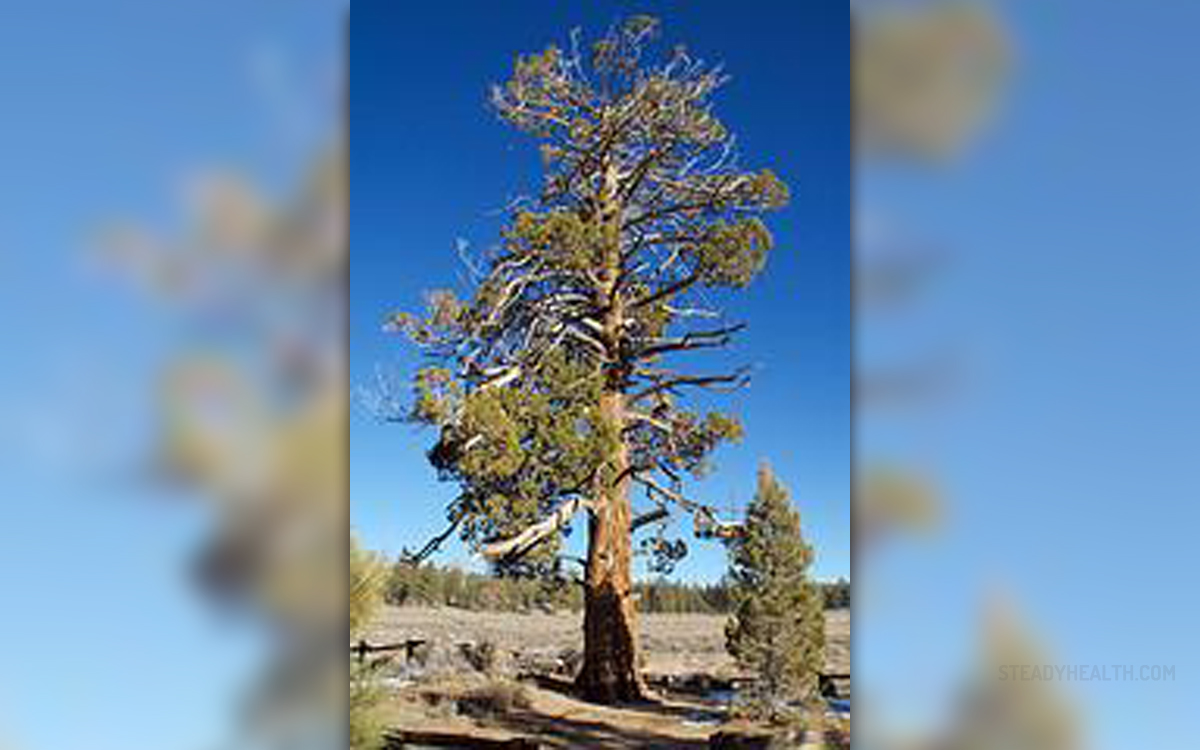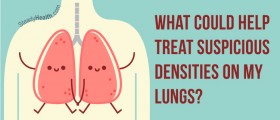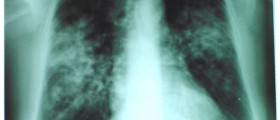
Valley fever is a fungal infection which is triggered by fungi named Coccidioides. These reside in many different areas, including soil commonly found in nature. Thus, people, during their outings may breathe in the fungi through handling the contaminated soil or by many other means. Once these reach the body, symptoms of valley fever emerge. Usually, these include chest pain and coughing, accompanied by several others. In most cases, valley fever goes away on it own. Yet, there are times when people need to consult their doctor and get anti-fungal medications prescribed.
Signs of Valley Fever
Valley fever is also known as acute coccidioidomycosis infection. There are cases when this infection does not subside but, rather, escalates, into a chronic disease.
Nevertheless, the main signs of acute variant of valley fever are mild, taking place several weeks after exposure to the fungi. Fever is, of course, one of the first signs, along with cough, chest pain which can vary in intensity and even equal a heart attack, nights sweats and chills. Headaches and tiredness are also present, along with shortness of breath, pain in joints and red, spotty rash.
Rash takes place on the lower legs, even though there are cases when it appears on the chest, arms and back. It may evolve into blisters resembling pimples which burst.
People who do not show symptoms can realize that they are infected by these fungi through a routine X-ray scan, when nodules are clearly visible on the lungs, resembling tumors. However, blood tests represent the most precise way of diagnosing this condition.
The treatment of this infection may last for six months, during which the symptoms, especially joint pain, will be present.
As for chronic coccidioidomycosis infection, it manifests mostly like a case of pneumonia. The main signs are low-grade fever with significant weight loss, cough, pain in the chest area, nodules in the lungs and blood-tinged sputum. It usually affects people who have weak immune system or those who suffer from diabetes.
The Infection Advancing and Prevention
Sometimes, the infection may spread outside the lungs, attacking other parts of our body. Usually, it affects the skin, bones, liver, brain, our heart and the membranes which protect the brain and the spinal cord. Symptoms of this variant are nodules, ulcers and serious skin problems, lesions in the skull or some other bones in our body, swelling of joints and meningitis. This is the worst case scenario when it comes to valley fever and may even be deadly.
All in all, in order to keep yourself safe, stay at home or wear a mask during dust storms and be careful during hiking sessions or other such activities. If you notice the symptoms, seek medical attention.
















Your thoughts on this
Loading...